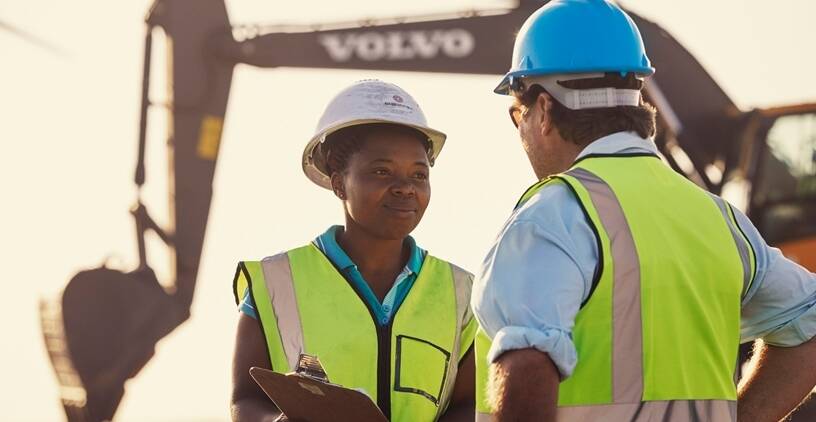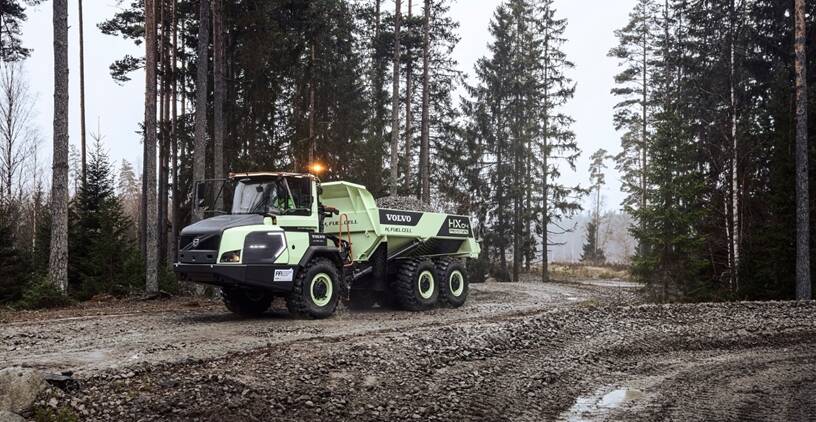What we believe in
The choices we make today determine the world we inhabit tomorrow. This is why we choose to work together to create a world that is cleaner, safer and more connected. Our purpose is clear: we're here to build the world we want to live in.

We are building tomorrow






